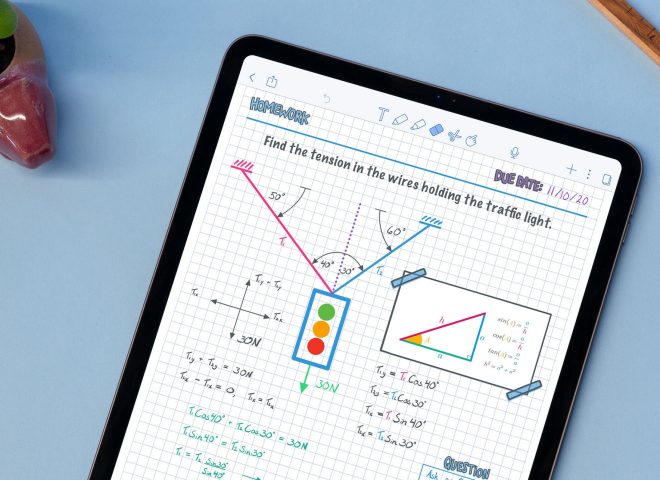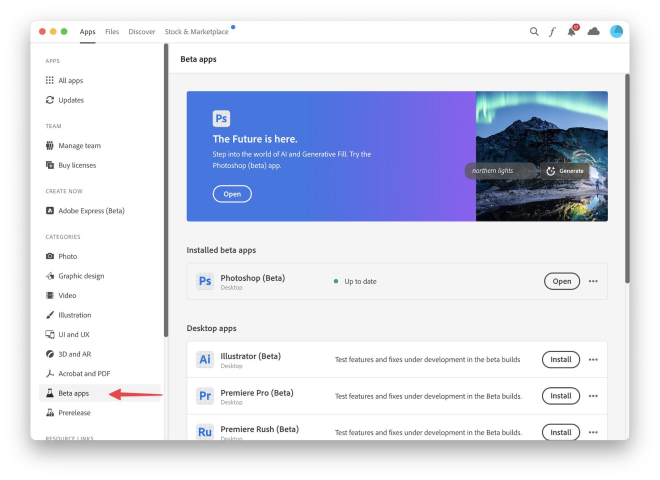Settling into a sweet spot as a freelancer isn’t easy. There are so many tricky elements to navigate — finding clients, determining your rate, managing a new workflow. But perhaps the most overlooked element is finding your place in the market. How can you be sure that potential clients are looking for your skillset? Do you have what the market wants?
To get to the bottom of these questions, I sat down with Andy Miller (aka Dr. Pizza). Andy’s a freelance illustrator and the host of Creative Pep Talk — an award-winning podcast designed to help you make a good living, making great art. In my interview with Andy, we’ll take a closer look at why finding the sweet spot in your career starts with self-awareness.
Your podcast helps creative freelancers apply business theory to their careers. When did you realize that freelancers need help with this?
I had a lot of positive momentum in my career right after I graduated from college. But a few years into the working world, I lost the momentum and fell flat on my face. I was so frustrated with my creative career that it felt like rock bottom.
While some people turn to drugs or dark vices during their rock bottom, I turned to business books and marketing podcasts. That was the stuff that didn’t come naturally to me. I dove really deep into business theory, and spent a good four years figuring out how to apply those concepts to my own creative career. It was a ton of work — almost like translating a foreign language.
I felt a huge hole in the market for this sort of business theory “translation” for creatives — but it just didn’t exist at the time. I realized that if I was wishing for this content, then lots of other people were probably wishing for it too. I decided to start Creative Pep Talk so I could help other freelance creatives make a living making art.
We sat down with Andy Miller to discuss what it takes to become a successful freelancer. Find out why being a freelancer all starts with self-awareness.
How did you start a podcast without any podcasting experience?
Tim Ferris always says that if you have a grand idea you want to pursue, what would it look like if it was easy? You start by cutting out all of the parts that are stopping you from doing it.
The thing stopping me from starting a podcast was that I didn’t want to figure out the complicated technical elements. When I stripped it all down, the core thing that I wanted to deliver was a short pep talk about creative strategy. So I bootstrapped the whole thing — I didn’t invest in a microphone, I just recorded it right on my iPhone.
My first episodes of Creative Pep Talk were super rough. But I started off really minimally and learned how to make it better over time. Twenty episodes in, I bought a real microphone. One hundred episodes in, I had a sound engineer take over the editing. It was a very gradual process to get to where the podcast is today.
When did you know you were on to something? Did you see gradual or sudden growth in your audience?
I always used to think that when I found “it” — that thing I had that people really wanted — that it would come with a quantity of response. I expected it’d go viral, there’d be millions of views, and that’s how I’d know that I’d found “the thing.” But the truth is that the quality of feedback trumps quantity of feedback.
Growing my podcast listenership was always very gradual. When I first started my podcast, I was making one episode very week. After ten weeks, I only had 100 people listening to the podcast. And after one year of 50 episodes I still only had 500 people listening to it.
The only reason that I kept going was because the quality of the feedback was better than anything else I’ve ever done. I had never before had a creative endeavor where people would regularly send me emails saying “I cried my eyes out to this episode” or “this episode changed my life.” I’d never made any art that had that quality of feedback. So I took that as a sign that even though the “quantity” wasn’t there yet, it was worth going after.
What advice do you have for creators who are struggling to get their work noticed?
In your creative journey, you’re always trying to answer the question: what do I have that people want? What are you doing that people are responding positively to? It’s tricky to figure out because it requires an enormous amount of testing and self-awareness.
The business term for this is product-market fit. It means figuring out what you’ve got and tailoring it so that people actually want it. You have to come to the market with something that people actually need. When people wonder why their work isn’t catching on, it’s because nobody needs it!
There’s a Picasso quote that says “the meaning of life is to find your gift, and the purpose of life is to give it away.” So much “business talk” focuses on giving away the gift. But it’s equally important to spend time figuring out what your gift is.
How do you approach finding your “gift”?
I like to see my life in seasons. If you’re a farmer, then there’s a time to harvest and a time to plant. I try to be keenly aware of the season that I’m in.
It’s important to have seasons where you take a guess at what your gift is and where you think you fit in the market. Give it everything you’ve got for a season of your life. Then, gather the feedback and “data” and look at what worked well and what didn’t work well. From there you can decide whether you’re going to press on in that direction or pivot.
Finding your “gift” means actively pivoting through your career and constantly looking for that sweet spot. Approaching my career like an ongoing science experiment is the thing that’s gotten me closer and closer to the sweet spot of doing what I love and people loving what I do.
What does it look like to be in a “season” of refining your passion?
I’m going to use “the ring” from The Lord of the Rings as an analogy. The ring symbolizes your romance and dedication to your craft — it’s the essence of your passion. You put on the ring when you’re going to focus in on one specific thing.
For example, let’s say you want to be a book cover artist. When you put on that ring, you dedicate yourself to making tons of book cover art, you market yourself as a book cover artist, and you do everything in your power to help you achieve that dream. You wear that ring for six months or a year, and you go all in.
But you can’t keep “the ring” on forever?
There are definitely seasons to take the ring off. Some people have the mindset that if they keep doing the same thing over and over, eventually they’ll get where they want to go. But being on either side of the ring for too long can be detrimental.
If you keep that ring on for too long, you’re going to lose yourself — like Gollum. Before you know it, you may have wasted years of your life going down a path without ever stopping to reassess if it’s working or not.
There’s a time to have the romance, dedication, passion, delusion, and focus — and there are other times when you need to step back and evaluate if it’s time to change course.
It sounds like a theme to your success is having self-awareness.
Absolutely! Finding your gift, settling into a sweet spot with the market, and staying productive — they all come from an obsession with self-awareness. It’s understanding what your strengths and weaknesses are, and being open to changing course.
See more of Dr. Pizza’s artwork on Instagram @andyjpizza, and check out his podcast, Creative Pep Talk.










